SBOS069A October 1997 – December 2024 INA122
PRODUCTION DATA
- 1
- 1 Features
- 2 Applications
- 3 Description
- 4 Pin Configuration and Functions
- 5 Specifications
- 6 Detailed Description
- 7 Application and Implementation
- 8 Device and Documentation Support
- 9 Revision History
- 10Mechanical, Packaging, and Orderable Information
Package Options
Refer to the PDF data sheet for device specific package drawings
Mechanical Data (Package|Pins)
- D|8
- P|8
Thermal pad, mechanical data (Package|Pins)
Orderable Information
5.5 Typical Characteristics
At TA = +25°C and VS = ±5V, unless otherwise noted.
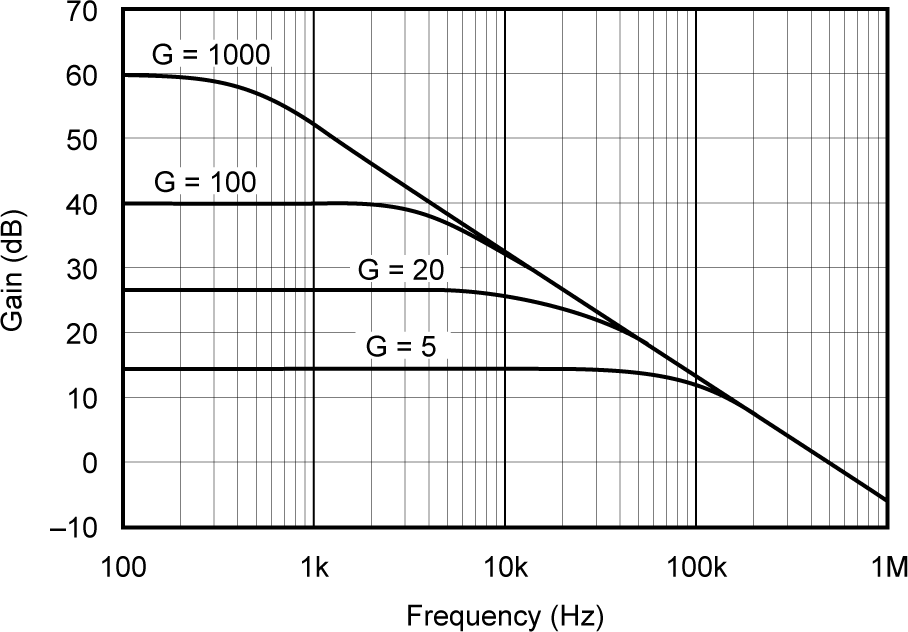 Figure 5-1 Gain vs Frequency
Figure 5-1 Gain vs Frequency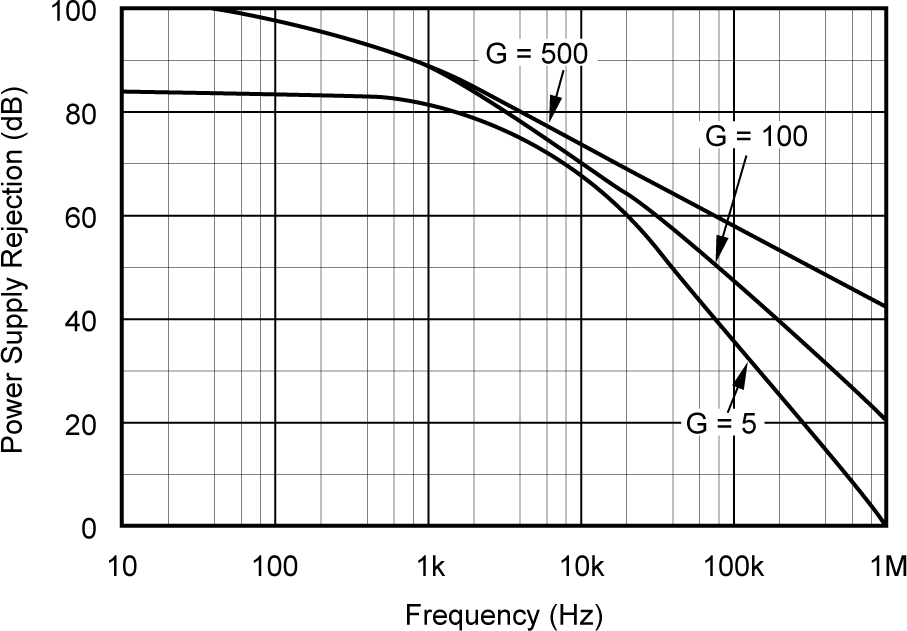 Figure 5-3 Positive Power Supply Rejection vs Frequency
Figure 5-3 Positive Power Supply Rejection vs Frequency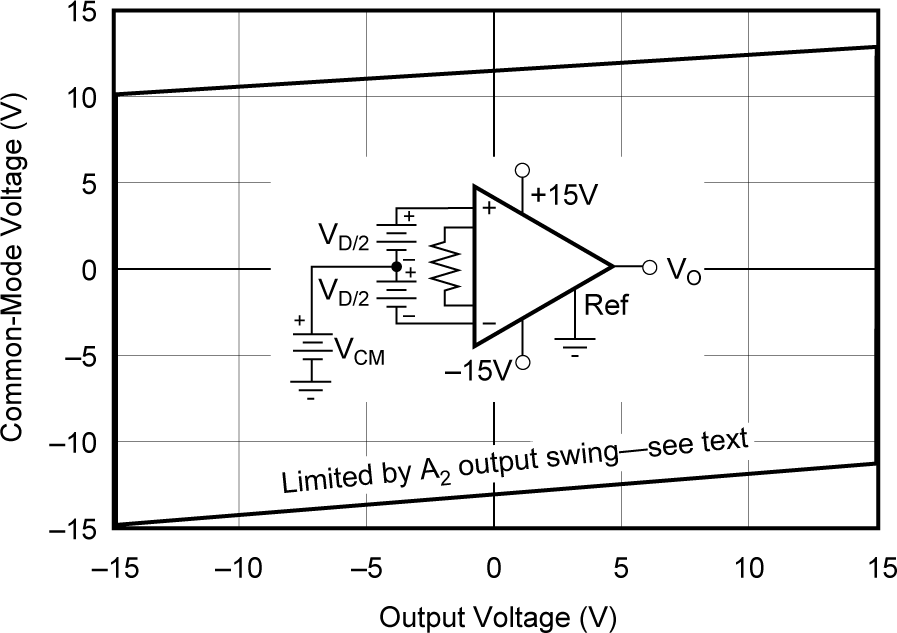 Figure 5-5 Input Common-Mode Range vs Output Voltage, VS = ±15V, G = 5
Figure 5-5 Input Common-Mode Range vs Output Voltage, VS = ±15V, G = 5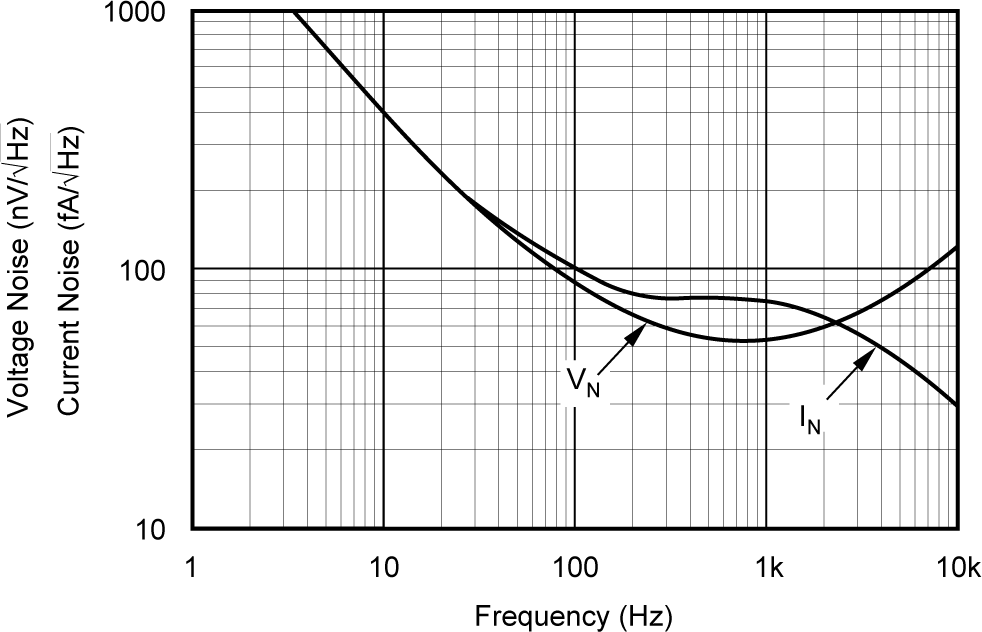 Figure 5-7 Voltage and Current Noise Density vs Frequency
(RTI)
Figure 5-7 Voltage and Current Noise Density vs Frequency
(RTI)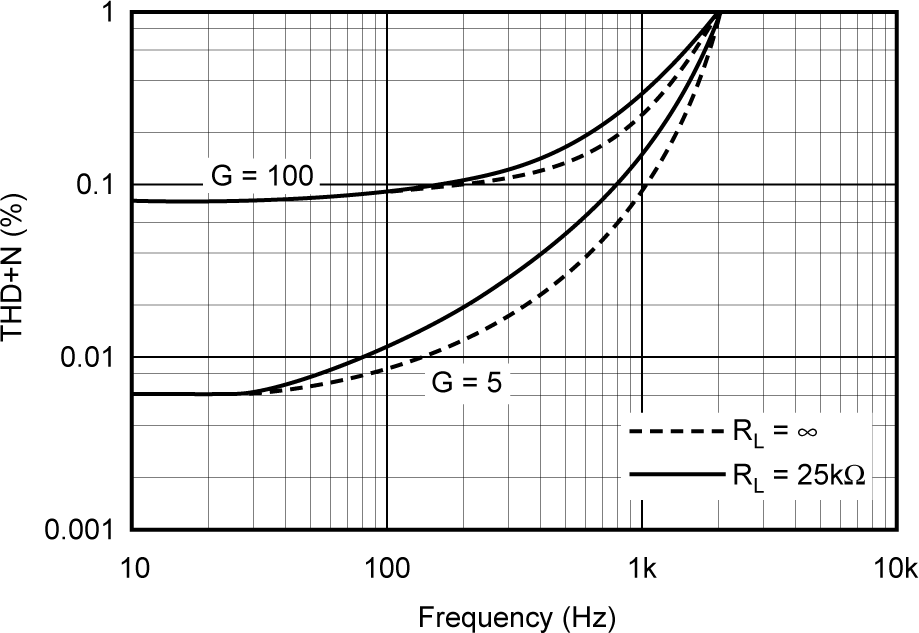 Figure 5-9 Total Harmonic Distortion+Noise vs Frequency
Figure 5-9 Total Harmonic Distortion+Noise vs Frequency Figure 5-11 Small-Signal Step Response G = 5
Figure 5-11 Small-Signal Step Response G = 5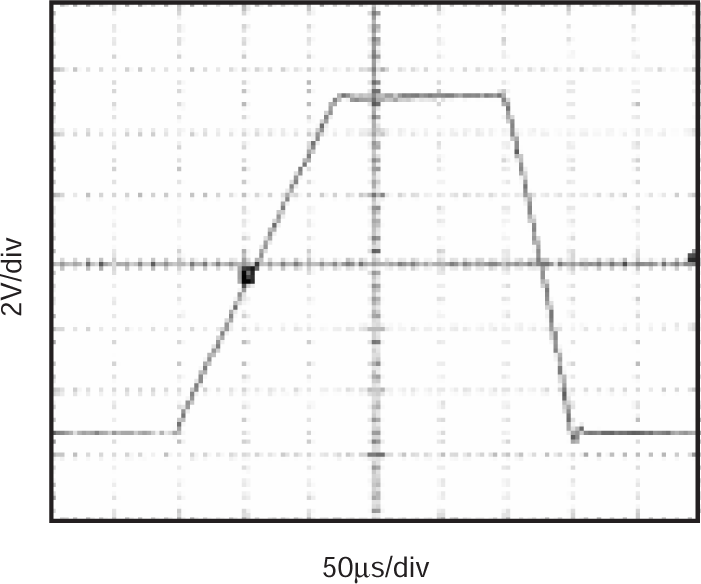 Figure 5-13 Large-Signal Step Response G = 5
Figure 5-13 Large-Signal Step Response G = 5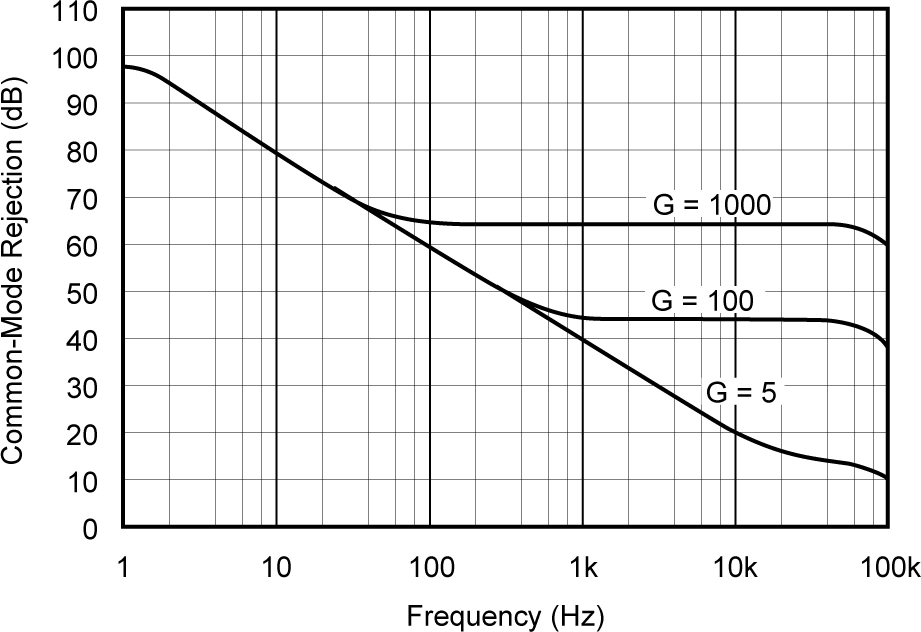 Figure 5-2 Common-Mode Rejection vs Frequency
Figure 5-2 Common-Mode Rejection vs Frequency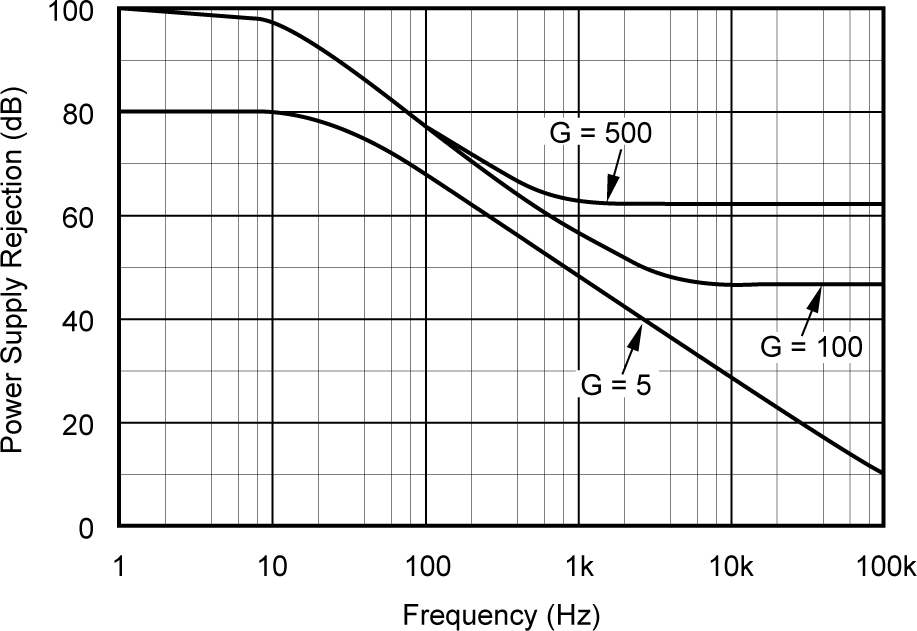 Figure 5-4 Negative Power Supply Rejection vs Frequency
Figure 5-4 Negative Power Supply Rejection vs Frequency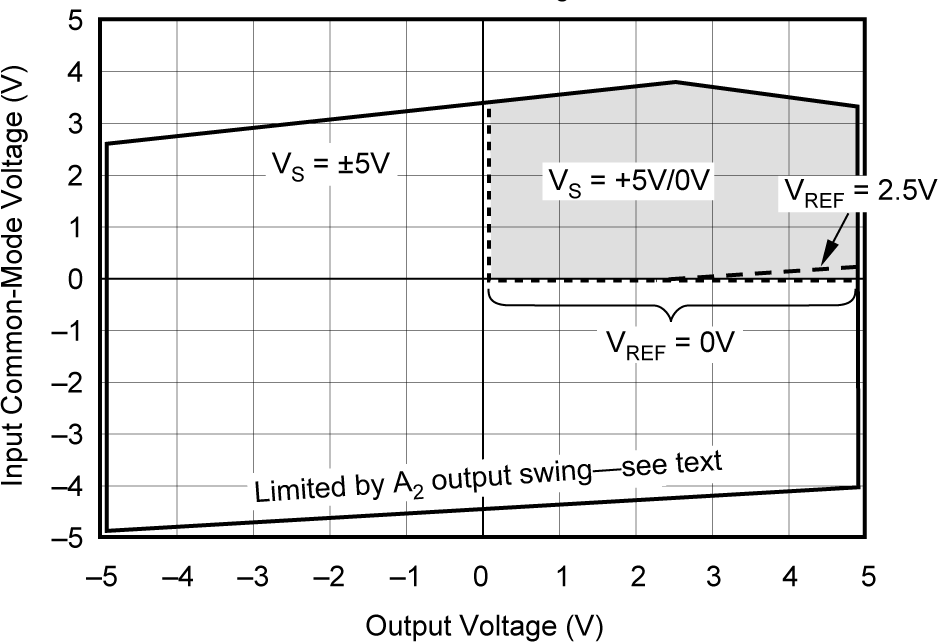 Figure 5-6 Input Common-Mode Voltage vs Output Voltage, VS = ±5V, G = 5
Figure 5-6 Input Common-Mode Voltage vs Output Voltage, VS = ±5V, G = 5 Figure 5-8 Quiescent Current vs Temperature
Figure 5-8 Quiescent Current vs Temperature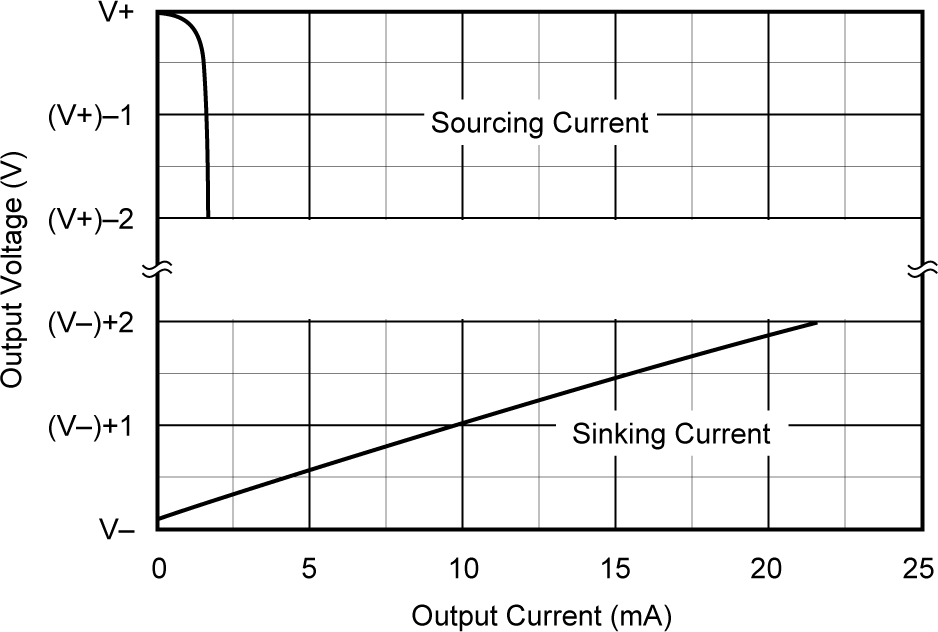 Figure 5-10 Output Voltage Swing vs Output Current
Figure 5-10 Output Voltage Swing vs Output Current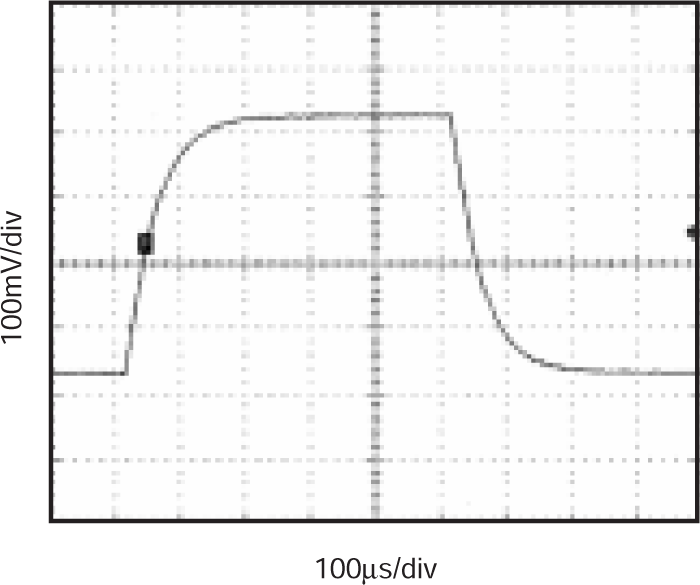 Figure 5-12 Small-Signal Step Response G = 100
Figure 5-12 Small-Signal Step Response G = 100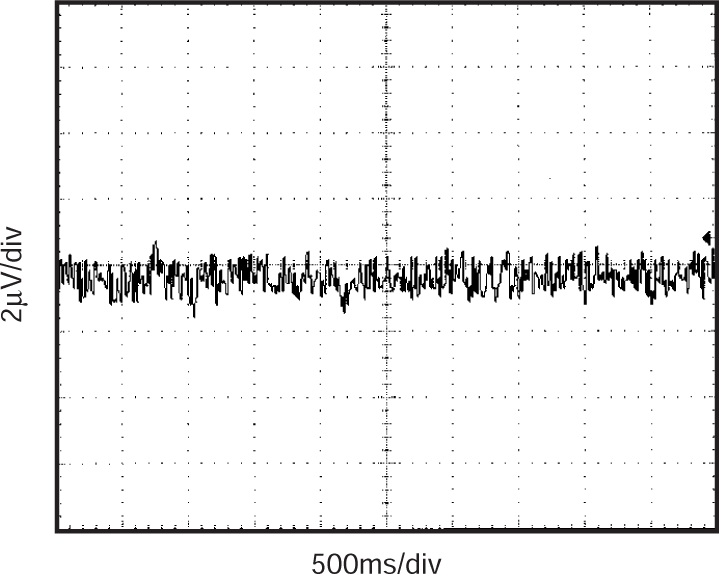 Figure 5-14 Input-Referred Noise Voltage 0.1Hz to 10Hz
Figure 5-14 Input-Referred Noise Voltage 0.1Hz to 10Hz